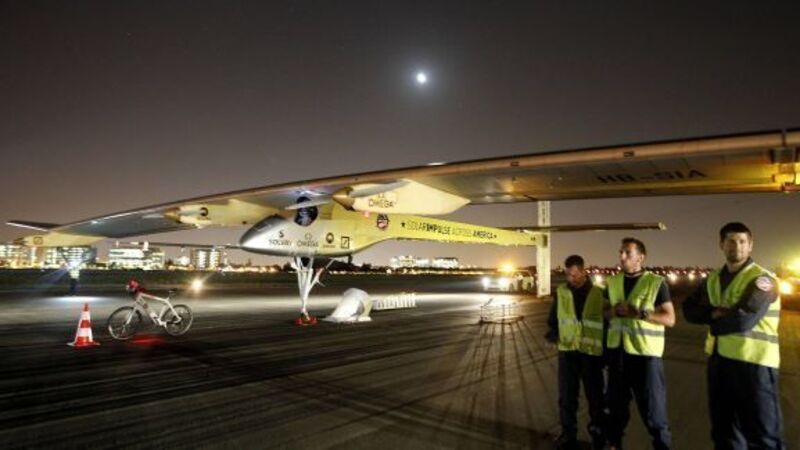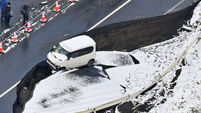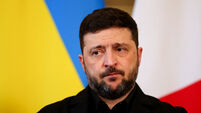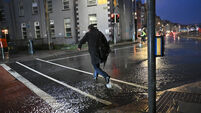Solar-power plane begins US crossing

A solar-powered airplane developers will eventually pilot around the world landed safely in Phoenix on the first leg of an attempt to fly across the US using only the sun’s energy, project organisers said.
The plane, dubbed the Solar Impulse, took 18 hours and 18 minutes to reach Phoenix on the slow- speed flight, completing the first of five legs with planned stops in Dallas, St Louis, and Washington on the way to a final stop in New York.














